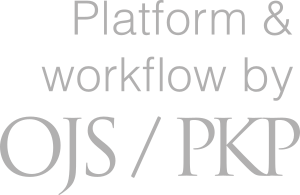Formulae, gender and writing experience in Renaissance Florence
An analysis of the Ricasoli private letters
Keywords:
epistolary formulae, private letters, writing experience, historical sociolinguistics, women's language, Renaissance FlorenceAbstract
With private letters having become a genre of choice in historical sociolinguistics, epistolary formulae have attracted increasing attention. Cross-linguistically, studies showing that women letter-writers relied heavily on formulae have hypothesised that formulae served primarily as aids for little experienced writers. However, other studies have shown that formulae could perform different functions, related to group practices and self-representation. I investigate this issue in the context of sixteenth-century Florence, where letter-writing was becoming increasingly codified. Drawing on little-known archival material and focusing on the epistolary closing, this article tracks the use of formulae across the private letters of three women from subsequent generations of one family, the Ricasoli, and compares it to the use of their brothers. These three women differed markedly in their degree of writing experience, in keeping with the increase in female literacy that was affecting the patriciate. The results show that the woman of the last generation used more formulae, suggesting that these items functioned more as social conventions than formulation aids. The comparison with men’s letters further suggests that different models were available to women and men, and that upper-class women might have been more receptive to the new epistolary model that was promoted in those years.

How to Cite
Copyright (c) 2024 The Modern Language Society, Helsinki

This work is licensed under a Creative Commons Attribution-NonCommercial-NoDerivatives 4.0 International License.




